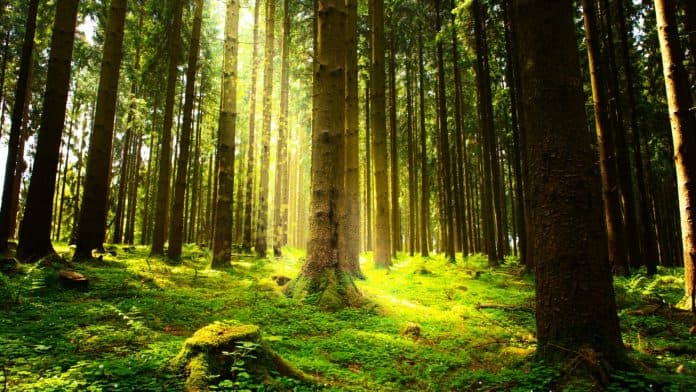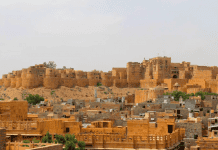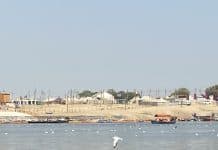This year has been a complete washout for the travel industry and sector and it has been an unusual year for the whole world. Countries have not only lost precious lives to coronavirus but also faced economic losses.
One positive outcome of the worldwide lockdowns though has been that harmful greenhouse emissions have reduced almost everywhere, with people taking to empty roads on a cycle instead of their vehicles.
People from various parts of the world have said they feel better breathing cleaner air and are healthier using their bicycles than driving everywhere around. This brings us to think about the harmful effect of greenhouse gases, especially carbon dioxide, and how we may help mitigate and reverse the climate change being caused by it.
What is climate change?
Scientists are attributing the unusual weather events, melting of polar ice caps, and sea and ocean levels rising to the phenomena of global warming or climate change. Carbon dioxide (responsible for three-fourths of greenhouse gases) is emitted through the burning of fossil fuels (coal, gas, and petrol), wood, and solid waste. Methane, another greenhouse gas, is released from natural gas and petroleum industries and forms 16% of greenhouse emissions, while nitrous oxide (about 6% of greenhouse gases) is produced from the agriculture and livestock segments, and also by the burning of fossil fuels.
The greenhouse gases manage to trap the sun’s heat into the earth’s immediate atmosphere, causing the melting of ice caps and raising the water levels in the oceans. This melting of the ice caps may be the long-term damage while the immediate impact it is having on the ecosystems is by causing pollution and smog, which, in turn, are leading to an increase in the incidence of respiratory diseases.
Another fallout of this may be the disappearance of certain species altogether whose habitats are affected by this global warming.
How to reduce greenhouse emissions and reverse climate change?
Almost every sector of any country’s economy – from manufacturing to agriculture, transportation, and power, heavily depend on fossil fuels. This dependence would need to be reduced and they should seek to move away from fossil fuels if climate change has to be impacted in any meaningful way and to mitigate its worst effects. They must switch to technologies that are reducing their carbon footprint and many are already doing so. Many countries have acknowledged this at the Paris Climate Agreement of 2015. Newer technologies that are using renewable resources not fossil fuels.
Just switching to cleaner resources will not be the answer. More trees will have to be planted to suck the existing CO2 out of the atmosphere. Conservations of our forests and the natural habitats of millions of species would also meet this goal. Forests have also been called natural carbon sinks, and more of these need to be planted.
Statistics show that humans have already chopped down 50% of the rainforests (or the carbon sinks) that once existed. Deforestation could lead to harmful long-term effects and is another area that needs positive policy action.

















